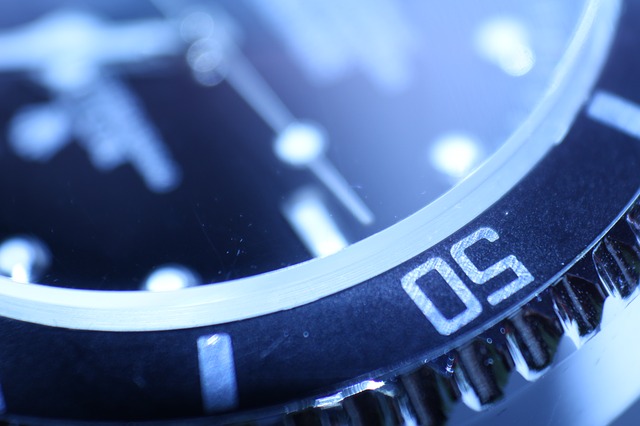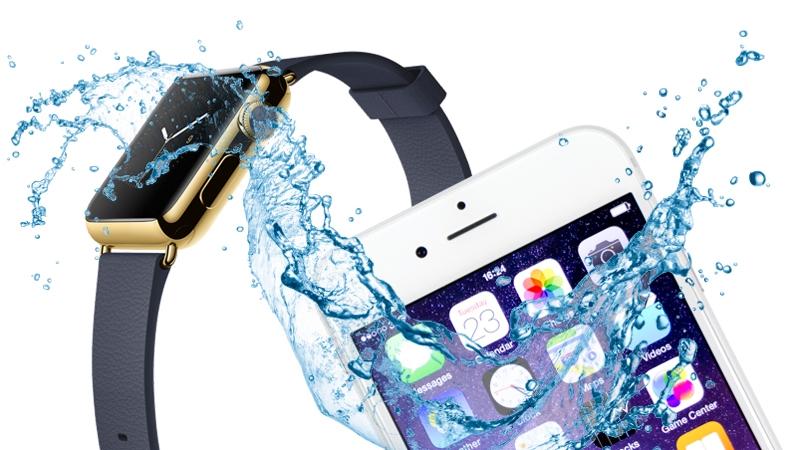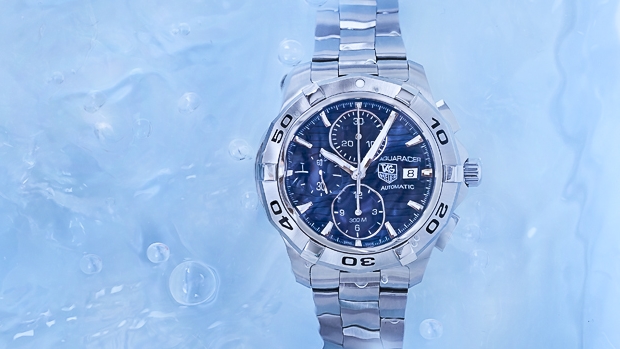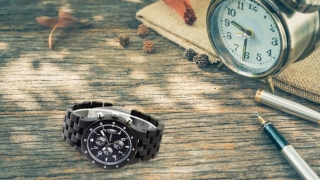There’s nothing more scary than your precious mechanical watch collecting water. A watch expert may try to fix it at home but we prefer rushing to the watchmaker immediately. Lest you face this issue anytime soon, here’s what to do!
Rush to the watchmaker
Being industry veteran, watchmaker would immediately identify the source of leak by conducting a dry water resistance test. If the watch is successful throughout the assessment, it usually indicate that customer has submerged the timepiece in water when the crown was left out. This is verified by studying the crown stem and tube after prying open the watch carefully.
In-case the result comes out negative or inconclusive, another test known as wet water resistance test is performed to spot the leak. A stream of bubbles may appear from the glass edge which indicate positive results. Watchmaker will then know the source of trouble and the area that requires attention to prevent further leak.

When the watch is opened, it’s important to see if the dial is damaged by water. It’s indicated by constant enamel lifting, bubbling or dry water residue stains. Maker would then determine if it can be treated with simple cleaning or swapped with a new dial. If customer is quick enough in taking the watch to the workshop, the dial may be safe to use without any strain.
The only problem when water is collected on the dial is fading of luminous paint and declining effectiveness. Even if the paint looks intact, watchmaker brands (Lacoste, Montblanc) aren’t trying to hoax your money by suggesting a new dial but actually concerned to put the piece in working order. Yet another feature to examine closely is the anti-glare coating over the glass that’s mostly damaged by dampness and there’s no choice but to replace the glass.
Next, movement is observed to see the water damage and how much serious it is! If it’s recent, watch care professional can simply open the piece, clean the mechanism, reassemble, coat some oil, regulate and it’s all set to go. The piece may be replaced if rusted and this is far more expensive and time taking.
One has to be extra careful with the hairspring! Even the tiniest of water fragments can change the dynamics, watch functions and timekeeping features. The reversing wheels and rotor ball bearing are highly fragile and prone to malfunction when damped. The tiny springs binding jewels in place may accumulate rust and need replacement.

How about home treatment?
When querying about the home treatment, shortest answer is “not much”. The simplest and oldest trick is placing the watch in a rice bag or dry it over a radiator. If moisture is deep, the first option is useless whereas radiator treatment would further damage the entire thing. So the only plausible option is rushing to a qualified workshop as soon as possible and have the piece repaired.
Precautionary measures
The best thing is to ensure crown is screwed back properly whenever you change time and to give the piece a water treatment in hands of a professional. Personal biasness is often a factor as vacationers when change the local time usually forget screwing down the crown in place and dive wearing the watch.
Outcome is totally horrible which calls for immediate watch professional or better invest in a new timepiece. In-case the accident take place in Dubai watches are treated best because of genuine outlets and utter professional service.
Conclusion
In the end, we can conclude that watches; if damped are best treated by a professional watchmaker so don’t waste your time as it’s precious!



